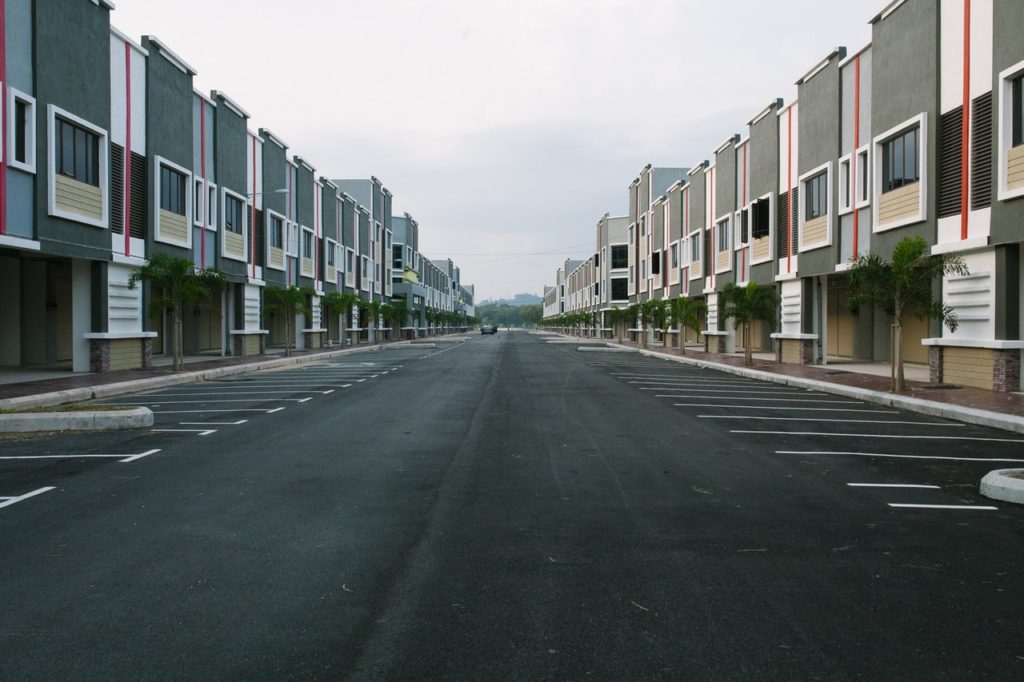Renting a decent place to live might not be a challenge for everyone, but for low-income families, it is one of the toughest challenges they face. The impact of housing affordability is affecting everyone from employers to middle-income families. In the face of such adversity, government support for the housing of low-income families is now more crucial than ever.
It has been pointed out that rental assistance helps combat hardship and also provides a platform for low-income families to find opportunities. Learn how the government is helping low-income families secure housing.
Where to look for housing assistance?
The housing assistance programs provide support to tenants, homeowners, and the homeless. While most of these housing assistance programs are run by the government, few of them are being provided by charity groups or non-profit organizations as well. The main objective of these housing assistance programs is to provide decent and affordable housing to people from all backgrounds who need it.
Housing programs by the government and their benefits
Affordable housing programs, such as
- Low Income Housing Tax Credits
- Public housing operating fund and capital fund
- Tenant-based rental assistance programs
- National Housing Trust Fund
- Rural Housing Service programs
- Community Development Block Grant
- HOME Investment Partnerships Program
- Qualified Opportunity Zone Designations
- Choice Neighborhoods
- Project-based rental assistance programs
- Capital Magnet Fund
The housing assistance offered can be in the form of grants for paying rents/utility bills, foreclosure counseling, or placements in subsidized apartments. These subsidized apartments are very basic in construction and may lack amenities such as heavy-duty buffer tanks, air-conditioning, and so on. There are ample resources providing this information online, so finding housing assistance suited for specific needs is not that difficult.

Availability of financial support for the housing of low-income families
Direct financial aid for the housing of low-income families is surprisingly limited. Housing assistance programs typically prioritize helping stable families facing short-term crises like unexpected repairs or health issues. The logic in doing this is that money spent on housing assistance will be pointless if the tenant is likely to default on future bills. Therefore, offering housing assistance to low-income families going through time-limited issues is given priority.
Support for housing the homeless
Providing housing assistance to the homeless begins with getting the homeless off the streets and moving them into secure environments. Shelters or transitional housing are leveraged for this purpose. The majority of these shelters are operated by charity groups. In addition to providing housing to the homeless, they provide free food, medical care, and other related services. Owing to the lack of sufficient numbers of shelter homes and transitional houses, these places are often filled very soon. These shelters usually do not have buffer tanks and other such amenities.
Ultimately, it comes down to the efforts put in by policymakers into creating a more stable livelihood for low-income families to get by in this harsh economy. While expanding rental assistance is definitely key, improvements to the current system should also be taken into consideration.

